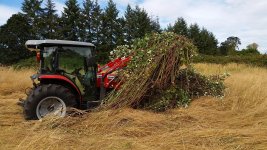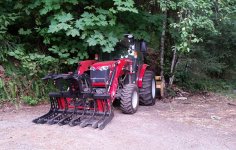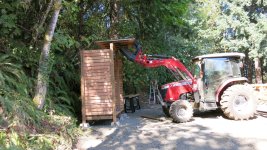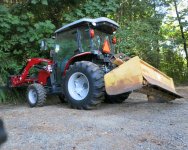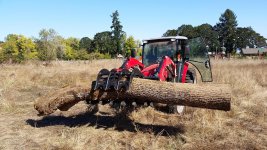AxleHub
Elite Member
Well I definitely agree that having rear ballast on a fel load on an incline going down is needed. However with the fel load unloaded and going back up the incline . . now am I not out of balance again? This is why I'm designing a 3pt ballast unit that I can set low or raise higher . . But all the weight and unit is narrow and not wide or tall.
See . . now this thread is creating some additional ideas or thoughts for me too.
Safety is always an issue for me because I mostly am doing heavy work by myself.
See . . now this thread is creating some additional ideas or thoughts for me too.
Safety is always an issue for me because I mostly am doing heavy work by myself.
